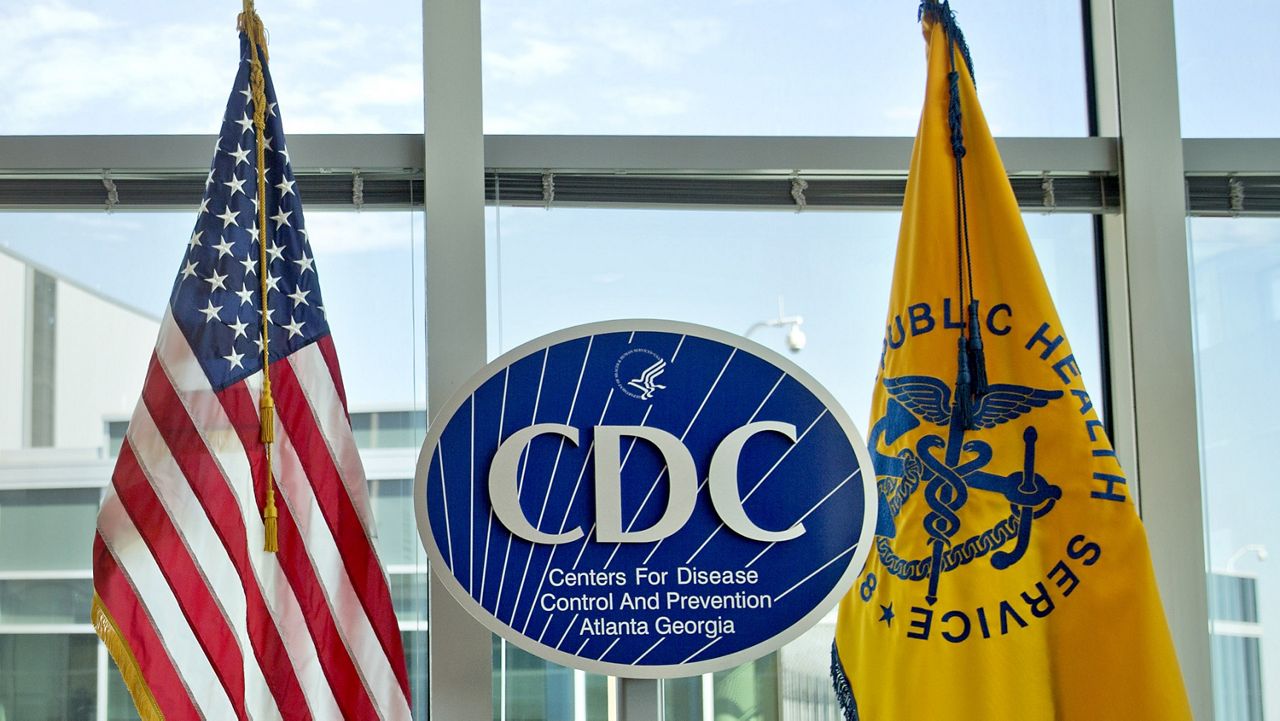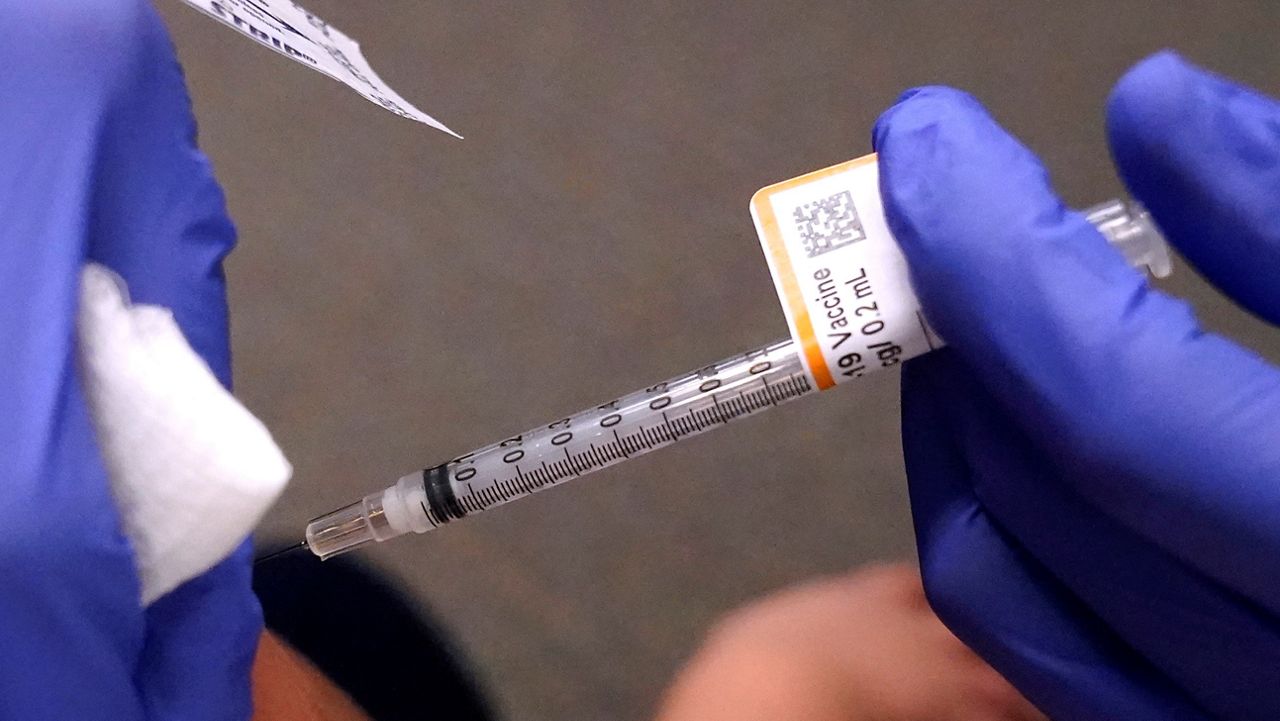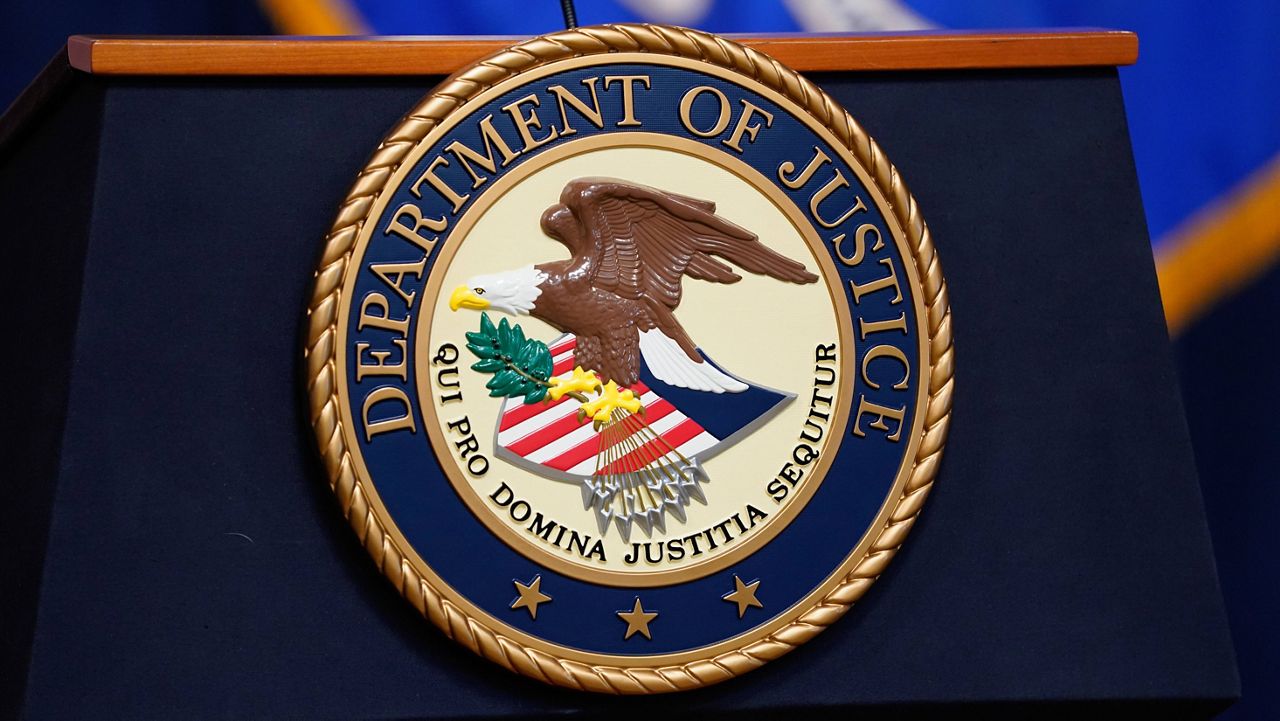Nearly a decade after a wave of breakthrough treatments began hitting the market, a “jarringly low” number of people with hepatitis C have been cured because they are not taking the medication, according to a study by the Centers for Disease Control and Prevention published Thursday.
What You Need To Know
- Nearly a decade after a wave of breakthrough treatments began hitting the market, a “jarringly low” number of people with hepatitis C have been cured because they are not taking the medication, according to a new CDC study
- Federal health officials blamed the low uptake on barriers such as high costs, restrictions imposed by insurance companies and cumbersome testing requirements that make diagnosing people more challenging
- The study found that, of the more than 1.7 million people identified to have been infected with hepatitis C from 2013 to 2021, just 34% were later classified as cured or cleared, either with or without treatment
- Dr. Francis Collins, who leads the White House National Hepatitis C Elimination Program, called for Congress to approve President Joe Biden’s $5 billion plan to end hepatitis C
Federal health officials blamed the low uptake on barriers such as high costs, restrictions imposed by insurance companies and cumbersome testing requirements that make diagnosing people more challenging.
The study found that, of the more than 1.7 million people identified to have been infected with hepatitis C from 2013 to 2021, just 34% were later classified as cured or cleared, either with or without treatment.
The CDC recommends an eight- to 12-week oral treatment of direct-acting antivirals for nearly all people with hepatitis C. A 2017 study found the drugs cure more than 95% of cases. About a third of people with acute infections self-clear without treatment.
More than 2 million people in the United States are believed to be living with hepatitis C, which the CDC estimates was responsible for nearly 15,000 deaths in 2020.
“These deaths could have been prevented,” said Dr. Jonathan Mermin, director of the CDC’s National Center for HIV, Viral Hepatitis, STD, and TB Prevention. “Thousands of people are dying every year in our country and many more are suffering from an infection that has been curable for over 10 years.”
The health agency estimates 40% of people infected with the virus are unaware of it because it can have few to no symptoms before causing liver damage. The CDC recommends that everyone be tested for hepatitis C at least once in their lives.
Hepatitis C is a viral infection that causes liver inflammation, sometimes leading to serious liver damage or liver cancer. The virus is usually spread when someone comes into contact with blood from an infected person.
The study found that the number of people cured was low across the board, but especially low among individuals without health insurance and people ages 20 to 39 — the group with the highest rates of infections.
The highest cure rate was among adults 60 years and older who had Medicare or health insurance, but even less than half of them were cleared of the virus.
Cost has been a significant factor behind the low treatment rates, health officials said. Although the prices have fallen substantially from about $90,000 initially, the medication still costs $20,000 to $24,000 today, said Dr. Francis Collins, who leads the White House National Hepatitis C Elimination Program.
That means the drug is too expensive for many uninsured people and community health centers, and it creates obstacles for Medicaid as well. Even for people with Medicare, copayments can cost as much as $4,000.
Meanwhile, commercial insurance companies and some state Medicaid programs have imposed restrictions, including requiring patients have liver damage or have gone months without using alcohol or drugs before being approved, officials said. The insurers also might require prior authorization from doctors or limit what types of providers can prescribe the drugs.
Testing for hepatitis C requires an antibody test and then a lab-based test to confirm the infection. That results in some people never getting diagnosed or delays treatment, the CDC said.
Collins called for Congress to approve President Joe Biden’s $5 billion plan to eliminate hepatitis C, which was included in the president’s budget proposal to Congress in March.
Biden administration officials, who pointed to independent analyses, argue the program would actually save the country tens of billions of dollars in health care costs over the next 20 years and spare hundreds of thousands of lives.
“It's rare, in my experience, to have an opportunity to both save lives and save money, but that's exactly what this is,” Collins said. “I don't know too many people who have looked at this situation and not felt like we have to do something. You can't know about this and just walk away. How can we not do this?”
The proposal would allow for the federal government to negotiate a lump sum price with drugmakers Gilead and AbbVie, and then their treatments would be made available for free to anyone who is uninsured, on Medicaid, in the prison system or on a Native American reservation, where hepatitis C rates are high, Collins said.
The plan also calls for a switch to a single rapid point-of-care test, which are available in other countries but have yet to be authorized in the U.S. by the Food and Drug Administration.
In addition, the Biden administration proposes a comprehensive public health effort to expand prevention, provider education, testing and treatment to more settings.








